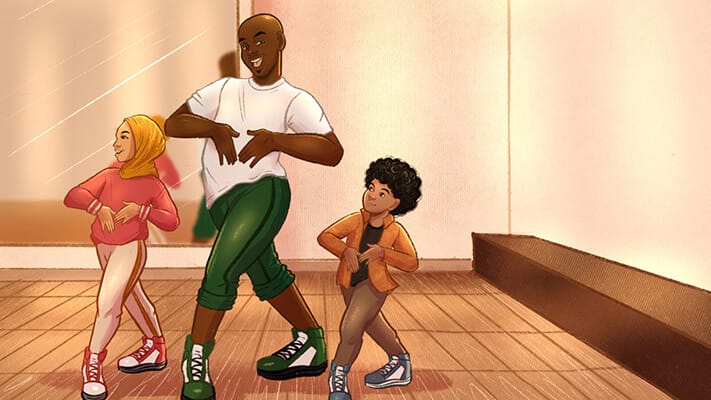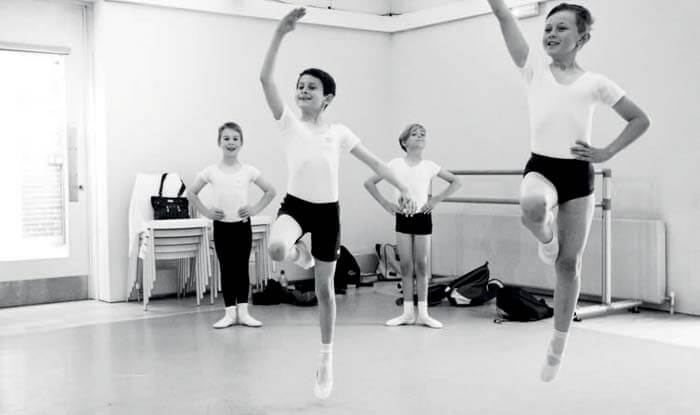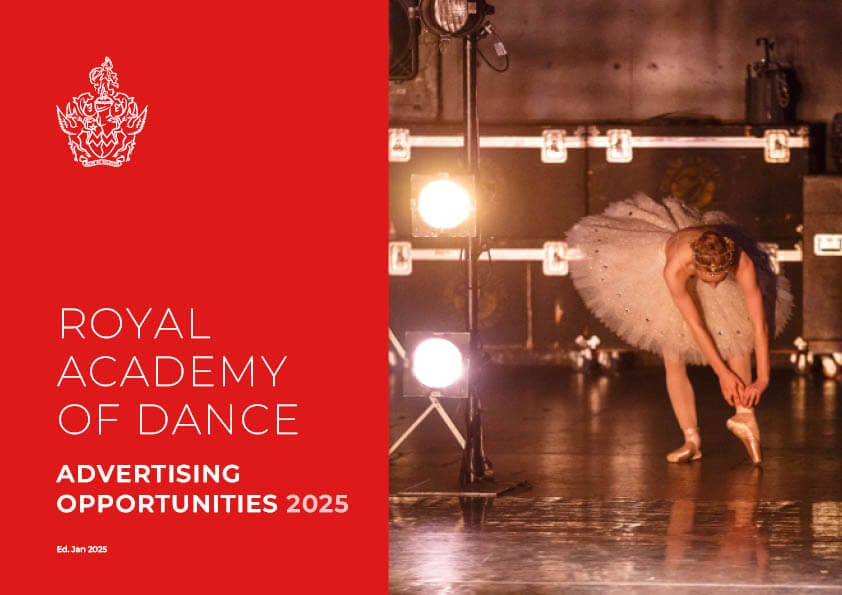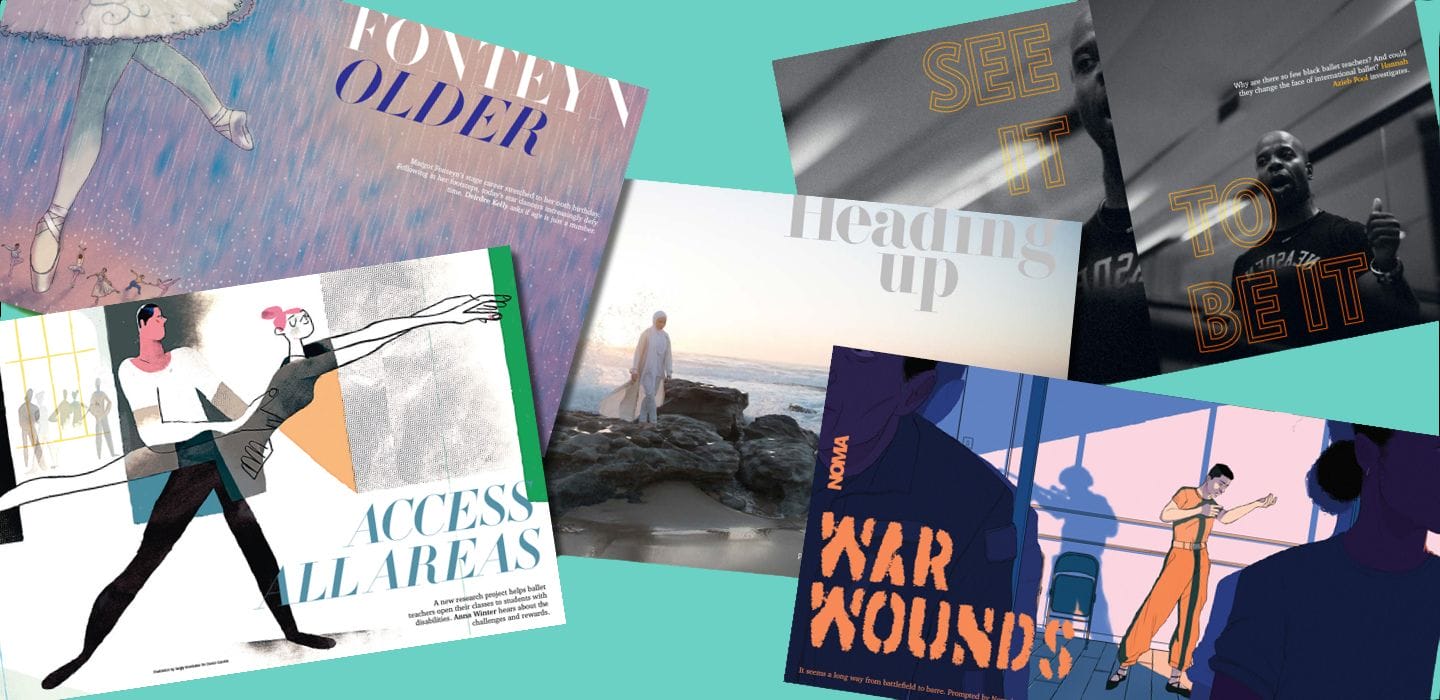About Dance Gazette
Dance Gazette, is our exclusive members’ magazine, combining beautifully curated visuals, insightful articles, and in-depth profiles to interest dancers of all levels.
Each issue brings exclusive interviews with industry icons who share their personal experiences, challenges, and successes. It also looks at the latest dance trends, techniques, and inspiring stories from top dancers around the world. From classical ballet to contemporary, tap to jazz, each issue presents a diverse range of dance styles that will leave you inspired.

Shake It Up
In recognition of International Day for the Elimination of Racial Discrimination, we’re featuring an article from Dance Gazette in which Isaac Ouro-Gnao asks – as calls for racial equity…

Ballet boys, b-boys and superheroes
Do boys still have a problem with dance? Is ballet especially daunting? Sanjoy Roy meets ballet boys, b-boys and superheroes. I walk through a foyer…
Fonteyn icon
Ballerina assoluta, fashion heroine and RAD President, Margot Fonteyn was the ultimate ballet icon. Anna Winter traces her unique impact on dance. Margot Fonteyn at…
History
Dance Gazette has been the voice of the RAD since 1930. It has been a space where its members can speak to each other – and the wider world. As a membership magazine, it is a place where members can share experiences, and read how their work and passion connects to that of dancers and teachers everywhere.
Since 2021, Dance Gazette has been a digital magazine, incorporating sound and film, and allowing readers to watch as well as read about dance at its most inspiring.
Meet the editor
David Jays is the editor of Dance Gazette. He also writes about dance and theatre for The Guardian and Sunday Times and is a dance critic for the Evening Standard. To get in touch about any aspect of Dance Gazette, or if you have an idea for the magazine, contact David at gazette@rad.org.uk.

“There is nothing as powerful as sharing stories – real-life stories that move, fascinate and inspire us. Dance Gazette brings dance stories to life – not just through the work of the RAD and its members, but also through artists and projects from across the world.”
David Jays

Advertise with us
Take advantage of the many advertising opportunities we offer, both in print and online.
We have a global audience across our communication channels, and reach thousands of international RAD teaching members, in addition to dance lovers, enthusiasts and the wider world of dance.

Subscribe to our mailing list
- Be the first to hear about our news and events
- Choose the type of news that interests you
- Get discounts from the RAD shop


